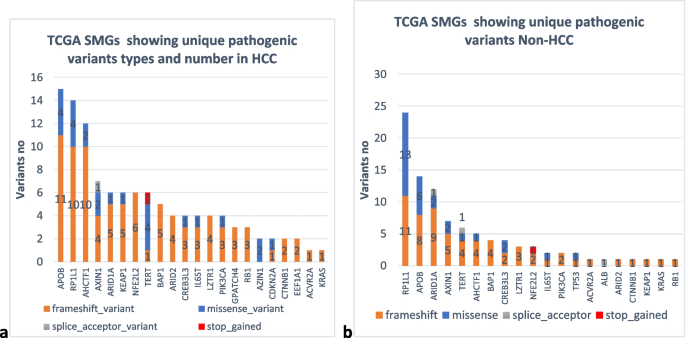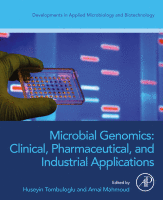
Chitosan and EDTA conjugated graphene oxide antinematodes in Eggplant: Toward improving plant immune response
A new strategy regarding the fabrication of chitosan (CS) or ethylene diamine tetraacetic acid (EDTA) on graphene oxide (GO) was performed. The nematocidal potential against Meloidogyne incognita causing root-knot infection in eggplant was tested. The plant immune response was investigated through measuring the photosynthetic pigments, phenols and proline contents, oxidative stress, and antioxidant enzymes activity. Results indicating that, the treatment by pure GO recorded the most mortality percentages of M. incognita 2nd juveniles followed by GO-CS then GO-EDTA. In vivo greenhouse experiments reveals that, the most potent treatment in reducing nematodes was GO-CS which recorded 85.42%, 75.3%, 55.5%, 87.81%, and 81.32% in numbers of 2nd juveniles, galls, females, egg masses and the developmental stage, respectively. The highest chlorophyll a (104%), chlorophyll b (46%), total phenols (137.5%), and free proline (145.2%) were recorded in GO-CS. The highest malondialdehyde (MDA) value was achieved by GO-EDTA (7.22%), and hydrogen peroxide (H2O2) content by 47.51% after the treatment with pure GO. Treatment with GO-CS increased the activities of catalase (CAT) by 98.3%, peroxidase (POD) by 97.52%, polyphenol oxidase (PPO) by 113.8%, and superoxide dismutase (SOD) by 42.43%. The synthesized nanocomposites increases not only the nematocidal activity but also the plant systematic immune response. © 2021 Elsevier B.V.



